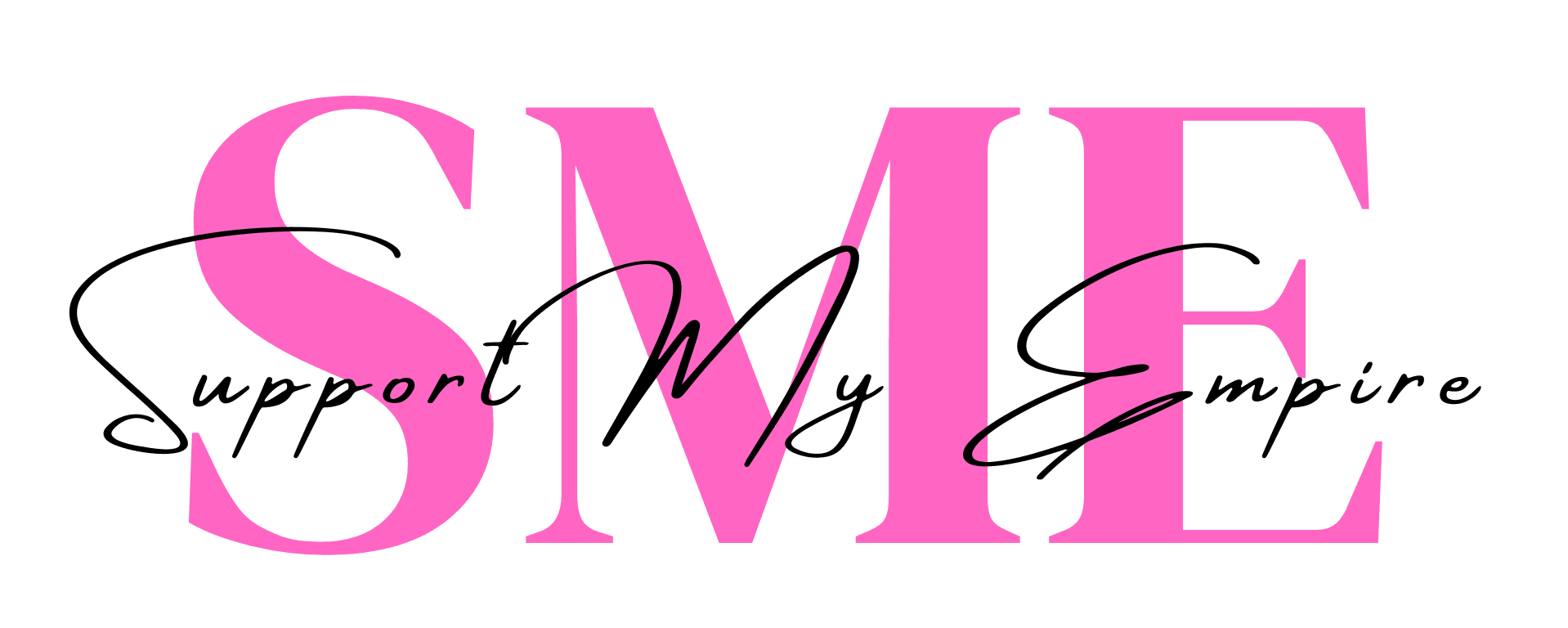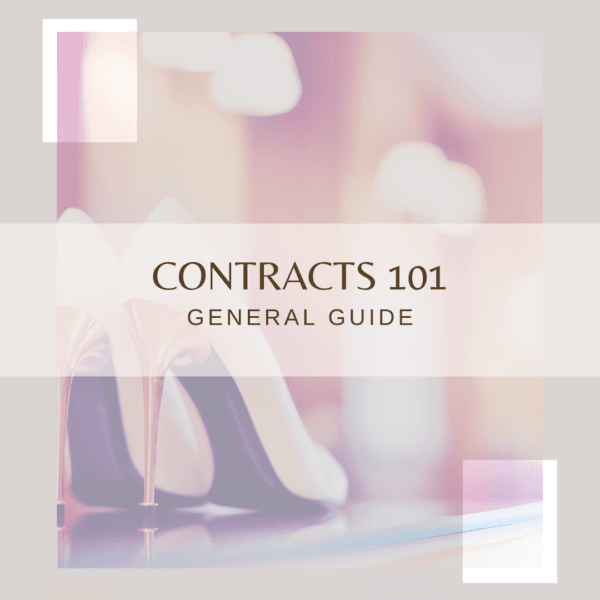How My Business Identity Was Stolen
In 2017, my entire business identity was stolen. I lost nearly $1 million, my visa, my reputation, and almost my life.
This isn’t just a story about financial loss. It’s about how broken systems allow criminals to hijack businesses under the guise of a ‘civil dispute,’ while the rightful owners are left fighting for survival.

How It All Began
I started my company in the early 2000s, just before online shopping revolutionized the retail landscape. Unlike many businesses that would later ride the e-commerce wave, I built my foundation in traditional retail, gaining my expertise in product development, sourcing, and merchandising.
From the ages of 16 to 18, I worked three jobs simultaneously, saving every cent with a singular goal in mind—to launch my own business. I made sacrifices, worked long hours, and ultimately took my first big leap as an entrepreneur. But I didn’t stop there. Even while building my company, I maintained my career in government consulting, ensuring I had the financial stability to reinvest into my business and expand it strategically. By 2007, I had successfully opened my very first factory manufacturing for myself and other larger already known brands.
Fast Forward to 2016
By the time I reached 2016, I had built a thriving business in Australia, but I saw even greater potential in the U.S. market. That year, I made the biggest business move of my life. I shut down my Australian Company, transitioned my assets, and launched my LLC in the U.S. to take Miss Mafia to the next level. The one thing I still kept in Australia was my Trademarks.
I joined forces with four other businesses, each bringing something unique to the table, and together, we launched a series of pop-up stores during the peak Thanksgiving and Christmas shopping seasons. It was a bold and ambitious move, but we knew the risk was worth it.
One of my business partners already owned over 26 physical retail stores across the U.S., allowing us to secure prime retail locations. We transformed these spaces into mini department stores, offering a curated selection of fashion and accessories. The response was overwhelmingly positive and sales were booming. The concept was proving to be highly successful.
The American Dream
At the same time, my wholesale business was thriving. With my trademarks secured in both Australia and the U.S., I was working with retailers and distributors, expanding my online presence through Amazon, social media, and direct e-commerce.
Everything I had built up over the years was finally aligning. My brand, Miss Mafia, was gaining traction in the U.S., and I had made the difficult but strategic decision to fully transition from Australia to the U.S. market. I redirected all my assets and investments into growing my business in the States.
Then, out of nowhere, everything collapsed.
The Nightmare Unfolds
What happened next was something I never could have prepared for. I began noticing an unusual pattern—wholesale clients who had been steady buyers suddenly stopped placing orders. When I reached out, they either ignored my emails or provided vague responses, refusing to explain why they were cutting ties.
Out of nowhere, I received formal notices from Australian regulatory agencies accusing me of taking payments from customers but failing to deliver products. This didn’t make sense. I wasn’t in Australia for over a year. At first, I thought it was an administrative mistake.
My customers started tagging me in posts, asking why I was selling products that didn’t align with my brand. When I checked, I found a Facebook page using my brand name, Miss Mafia, but selling low-quality knockoffs with offensive designs I had never produced. Worse, they were interacting with real customers, leading them to believe it was me.
A new domain appeared, using Miss Mafia with a .com.au extension. The site was was promoting unauthorized products and claiming to be the official Miss Mafia store in Australia with an identically similar email contact – sales@missmafia.com.au. My email was sales@missmafia.com. It even featured a Google Maps embed on the ‘Contact Us’ page, displaying what appeared to be my registered office location. This deceptive detail made it even more convincing to customers, leading them to believe it was genuinely my business. Many customers placed orders. Orders that were never fulfilled.
The Start of A Legal Fight
A cease and desist letter was sent to the fraudulent website’s email address, but instead of stopping, they doubled down. A second website appeared, again using my business details and falsely claiming to be the original brand and trademark owner.
Someone had registered multiple business names identical to or containing my trademarked brand name, Miss Mafia. They used these registrations to create the illusion of legitimacy, opening accounts in my name and scamming customers. They secured 62 domains containing my trademark, registered 20+ business names, and flooded social media with threats against me. My reputation was in ruins.
Could it get any worse?
ASIC alerted me to an Alibaba account that had been flagged by an alleged concerned customer. The account appeared to be selling Miss Mafia products—stock I had produced three seasons earlier. While the listings used my product descriptions and the details of my deregistered Company, the address entered was incorrect. The account gave the illusion that I was actively trading in Australia still under my Australian Company, further fueling the confusion and damaging my reputation.
At first, I thought it was a misunderstanding. No longer operating directly out of Australia, I had full control over my U.S. dispatch and inventory. Assuming I could clear things up with a few emails, I quickly realized I was wrong.
Then, I received a final notice from the Australian Securities and Investment Commission (ASIC), accusing me of trading on a deregistered Australian company. The only problem? I had been in the U.S. for over a year and had records proving that all trading was happening legally through my U.S. entity.
My reputation was in ruins.
Media Involvement
By this point, the media had become aware of what was happening and ran several reports on the situation. My barrister at the time advised me to place a public disclaimer on my website and social media accounts, stating that we were aware of an ongoing trademark infringement issue and were actively addressing it. The disclaimer also encouraged anyone with concerns or dealings related to the fraudulent activity to contact us directly.
Legal Manipulation and Defamation Notice
The individual attempting to infringe on my brand and pass off as my company found a lawyer in another state who failed to do his due diligence. Instead of verifying trademark registrations, he took their word at face value and proceeded with legal action on their behalf. As a result, I was issued a defamation notice, accusing me of tarnishing their reputation—when in reality, they were the ones unlawfully using my brand. This added yet another layer to the legal battle I was already fighting, forcing me to defend my own identity in a case that should never have existed in the first place.
Escalation and Financial Strain
By this point, the damage was done. The infringer had moved to the U.S. and Asia and was now attempting to represent my LLC and other trademarks as their own. I had successfully disputed their attempts to register my already registered mark, but the legal battle was far from over. The lawyers handling my case informed me that to proceed to federal court, I would need to deposit an additional $250,000 into the trust fund. They also warned me that this case could take up to 10 years to resolve.
Between the overwhelming costs I had already incurred defending myself and the relentless online abuse I was receiving from the infringer’s friends and those they had convinced they were the real owner, I felt like I couldn’t handle much more.
Discovering WIPO and a New Legal Path
During this time, I had been researching the World Intellectual Property Organization (WIPO), a specialized court that resolves disputes over domain name ownership. My current legal team dismissed this route, insisting that I either take my case to federal court—a costly and time-consuming battle—or accept defeat and allow the infringer to take my brand.
It wasn’t until I was invited to speak at a Border Force event that I had a breakthrough. While networking at the event, I met multiple legal representatives from major fashion brands like Jimmy Choo and Christian Louboutin. One lawyer took an interest in my case, listened to my plan to pursue action through WIPO, and offered to help me fight back.
Winning the WIPO Case—But the Fight Wasn’t Over
Over the next eight weeks, we meticulously drafted and refined our application. Once submitted, the infringer chose to represent themselves and responded to the claim.
We won the case. The infringing domains were transferred to my ownership. I had won.
I thought this would finally put an end to everything—that the infringer would stop, and I could move on. But by this point, three years had passed since it all began, and unfortunately, the battle wasn’t over. Then, they took things even further—filing a restraining order against me, alleging stalking and harassment. If I lost, I could face criminal charges potentially leading to jail time.
At that point, I was at my breaking point. The stress was unbearable—I had lost almost everything. I considered giving up—on my business and my life. How could this be happening? I had followed every legal requirement, had legal representation throughout, and was the rightful owner of my intellectual property. How could this be happening? I had followed every legal protocol, had legal representation at all times, and was the rightful owner of my intellectual property—yet I was the one being dragged into court. The fact that I was being punished for defending my rights was beyond ludicrous.
Restraining Order for Defending My Own Rights
I had to hire a criminal lawyer to represent me in court at both the mention and hearing dates. They took on my case, ensuring I had proper defense. During the hearings, my lawyer, as well as the judge, directly questioned the person on why they were pursuing this case. Even when confronted, they pushed to take the matter to trial.
The judge recognized the urgency of the situation and ordered a speedy trial, setting the date for December 6, 2019. The stress was unbearable. I had lost nearly everything. I considered giving up—on my business and my life.
How could this be happening? I had followed every legal process, had legal representation at all times, and was the rightful owner of my intellectual property. How could they punish me for defending myself, while they dismissed everything this person did to me as a mere ‘civil’ matter, with no legal or financial consequences for them?
Two days before the hearing the person withdrew their case against me again without any repercussions to them.
The System Failed Me
I reported everything—ASIC, Facebook, Australian regulators—and every single response was the same: “This is a civil matter. You need to handle it yourself.”
I had registered trademarks and proof of ownership. Despite this, they told me the impersonators had filed business names under my brand. This was deemed a civil legal dispute.
The system meant to protect business owners like me failed to act. Instead, I had to fight an uphill battle—losing every cent I had earned over 15 years of hard work. I spent years defending myself in court. Enduring stress and defamation, while the infringers faced no real consequences for their actions.
What’s the point of intellectual property laws if people can manipulate them so easily? Why did I have to spend hundreds of thousands of dollars just to protect what was rightfully mine?
The Hardest Lessons I Learned
- A simple $17 ASIC search gave infringer access to my personal details. Any business owner can be targeted the same way.
- Social media platforms don’t act fast enough to stop impersonation. Reporting infringement doesn’t guarantee action.
- Trademarks are critical, but they’re not bulletproof. You have to constantly monitor for infringement.
- If you don’t control your domains, someone else will. Always secure multiple variations of your business name.
- You need airtight legal agreements. Every partnership, supplier, and trademark registration must be legally reinforced.
Conclusion
Looking back on this journey, I’ve learned more than I ever expected, not just about business, but about resilience. The fight to protect what I’ve built, my reputation, and my intellectual property has been grueling. At times, I battled a system that failed to support entrepreneurs like me. But through every challenge, I discovered a strength within myself that I didn’t know existed.
What started as a passionate vision for my business has transformed into a relentless pursuit of justice. The lessons I’ve learned along the way are invaluable. Though I’ve lost much, I’ve gained something far more powerful. I now have the ability to adapt, push forward, and never stop fighting for what’s rightfully mine.
Today, my journey continues. I’m still rebuilding what I lost, expanding my brand further, and building stronger defenses against the challenges that still lie ahead. This experience has made me not only a better entrepreneur but a more determined one. If there’s one thing I know for sure, it’s that no matter how many setbacks you face, there’s always a way forward. The road may be long, but the resilience you build along the way makes it all worth it.
Grow Your Retail Empire with Proven, Scalable Strategies
Discover three ways to elevate your business—choose the path that suits your goals best.
We’ll do the heavy lifting so you can focus on running your business.
You won’t be doing this alone; we’ll walk you through every step.
No Burpees, Just Flexing! Weekly Workouts for a Stronger Bottom Line.
Resources
The Retail Gym Your Weekly Business Workout
No sweat, just success! The Retail Gym is your weekly business workout designed to help you lift your retail strategies, tone your sales skills, and flex your competitive edge—without a single burpee.





